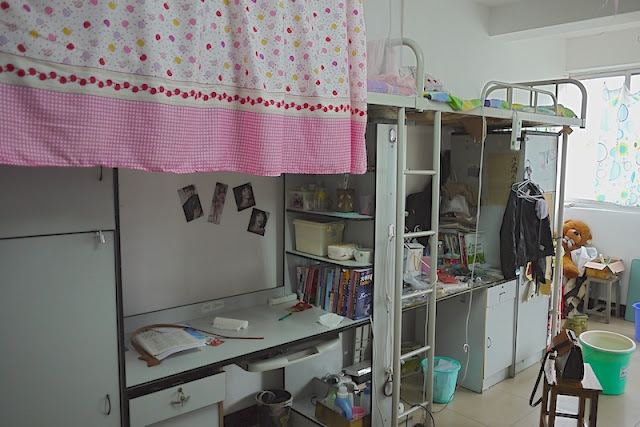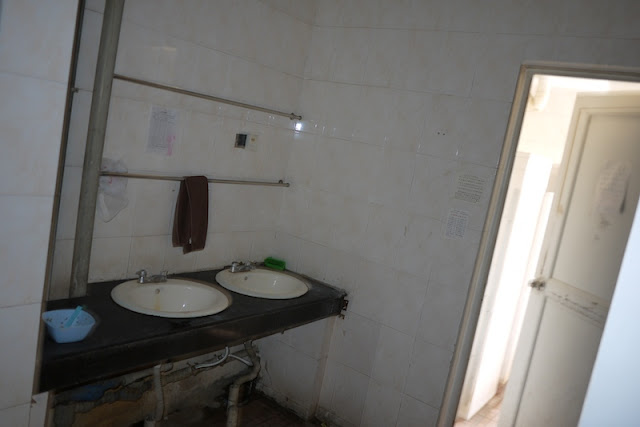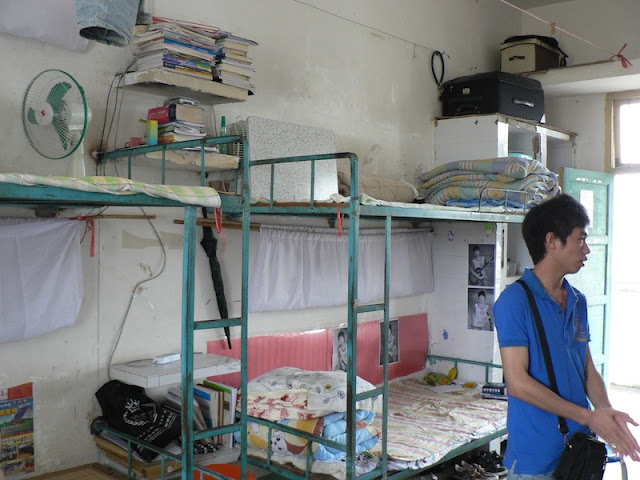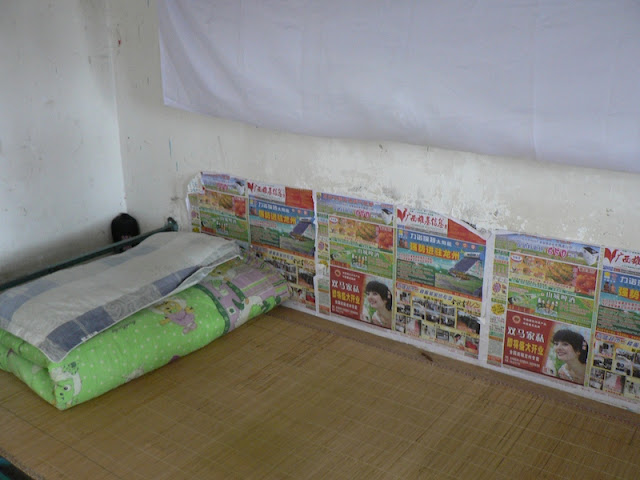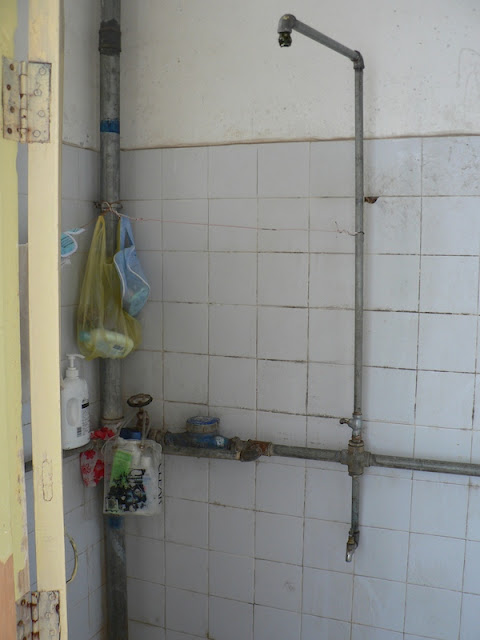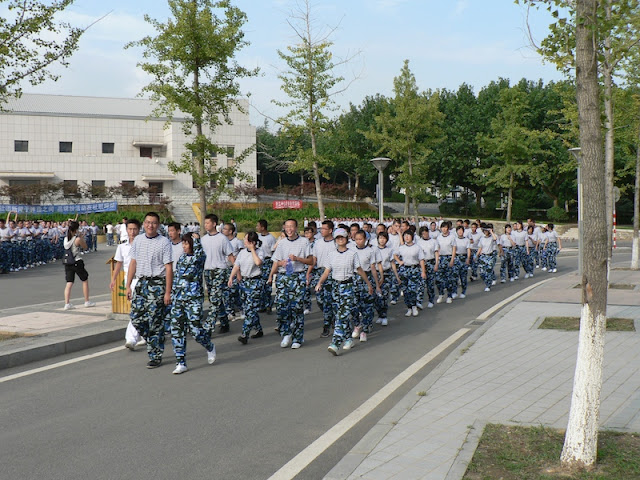4 Updates at end
In a new development (or one could say a repeat of an older one), The New York Times is now blocked in China. As
Keith Bradsher reports in The New York Times today:
The Chinese government swiftly blocked access Friday morning to the English-language and Chinese-language Web sites of The New York Times from computers in mainland China in response to the news organization’s decision to post an article in both languages describing wealth accumulated by the family of the country’s prime minister.
The authorities were also blocking attempts to mention The Times or the prime minister, Wen Jiabao, in postings on Sina Weibo, an extremely popular mini-blogging service in China that resembles Twitter...
By 7 a.m. Friday in China, access to both the English- and Chinese-language Web sites of The Times was blocked from all 31 cities in mainland China tested. The Times had posted the article in English at 4:34 p.m. on Thursday in New York (4:34 a.m. Friday in Beijing), and finished posting the article in Chinese three hours later after the translation of final edits to the English-language version.
Publication of the article about Mr. Wen and his family comes at a delicate time in Chinese politics, during a year in which factional rivalries and the personal lives of Chinese leaders have come into public view to a rare extent and drawn unprecedented international interest.
I am not sure which 31 cities The Times tested, but their site appears to be blocked where I am now at in Changsha, Hunan province.
I have also found that searching for "New York Times" on Google leads to an interruption in service and no page is returned--again apparently the result of blocking in China. There is no such problem searching for "New York". This problem only results when using the "regular" non-secure version of Google. If secure SSL search is in use (the URL will contain "https"), then no problems arise. This makes sense since it is not possible for China's Great Firewall to "see" the search terms under these conditions. Implicit in this is that I had did not find Google's SSL search to be blocked.
However, at the moment searching for "New York Times" on Baidu, China's leading search site, or Bing's Chinese site (
http://cn.bing.com) leads to no problems and results include links to the The New York Times website. Of course, the link is not particularly useful since the website is still blocked.
Also, previously the Google News site for users in mainland China (
http://news.google.com.hk/nwshp?hl=zh-CN&tab=wn) appears to be blocked, but the sites for Hong Kong (
http://news.google.com.hk/) and the U.S. (
http://news.google.com) were not blocked. However, now the Hong Kong news site appears to be blocked too (although it may depend on the series of steps used to access it). There seems to be more to be sorted out here, so I will just leave it at this.
On the side... My own website remains partially blocked in China. This mix of results is likely due to it being hosted on Blogger (which is blocked) but it using its own domain name (which is not blocked). It is one of the reasons I don't use Blogger's default method for posting images, otherwise they would not be viewable in China. Anyways, I will keep tabs on its accessibility. For my most recent in-depth review of access to websites such as Amazon, Facebook, Google+, Windows Live, and Yahoo! in China see
here.
More updates later if there are any new developments.
Update 1: James Griffths in the Shanghaiist writes that they are finding mixed results for their own tests of whether The New York Times is accessible in China. He
hypothesizes:
Any failures by netizens within China to access nytimes.com may also be related to the sheer mass of traffic that always swamps sites once they claim to be blocked, as everyone checks to see if reports are true (as well as the extra attention the site was getting for it's pretty spectacular report on Wen Jiaobo).
This seems highly unlikely to me since I had absolutely no problem accessing the site when I used my VPN (which can allow one to "break through" China's Great Firewall) during the testing. As I soon as I turned off the VPN I could not access the site. Assuming traffic is being directed to the same place in both cases, I don't see how heavy traffic could account for this. Given the other reports that The Times has been blocked, I do not believe I had an unusual experience.
Update 2: Graham Webster also
pushes back against the story in the Shanghaiist. To his points I will add that my own tests suggest the blocking is not occurring through DNS servers since I tested using non-local DNS.
Update 3: In response to my points James Griffiths updated his report to retract his "previous assertion that the NYT site could be suffering from traffic problems".
Update 4: Earlier, in his post Griffiths placed little faith in much of the reported evidence of The Times being blocked in large part due the reports of greatfirewallofchina.org. I have concerns about the results presented on such sites and was far more convinced by reports from numerous reputable sources and my own experiences. In his latest update (at the end of the post), Griffiths
shares his change of heart:
It has been pointed out to me that greatfirewallofchina.org doesn't detect reset connections which seems to be the problem most people are experiencing when they try to access the site. In the face of overwhelming anecdotal evidence I am retracting my initial scepticism about the NYT being blocked.
China's Great Firewall is a complex beast and it can present some "fuzzy" situations. Nevertheless, I, like Griffiths now, think there is sufficient evidence to say The New York Times is currently blocked in China.











